Most Common Chronic Bloodborne Disease
Most common chronic bloodborne disease. Symptoms are similar to hepatitis B infection including fatigue abdominal pain loss of appetite nausea vomiting and jaundice. The most common blood-borne diseases are hepatitis B HBV hepatitis C HCV and human immunodeficiency virus HIV. Jaundice fatigue abdominal pain loss of appetite intermittent nausea vomiting May lead to chronic liver disease and death.
Hepatitis C a liver disease caused by the hepatitis C virus is known as the most common chronic bloodborne infection in the United States. The most common blood-borne diseases are hepatitis B HBV hepatitis C HCV and human immunodeficiency virus HIV. Within the bloodborne pathogens class there are also Viral hemorrhagic fevers such as the Ebola virus disease and Lassa fever.
The CDC lists Hepatitis C as the most common chronic bloodborne. Most chronically-infected people are unaware of their infection because they are not showing symptoms of clinical illness. People with chronic hepatitis C can often have no symptoms and dont feel sick.
Common bloodborne pathogens and their related diseases include hepatitis B hepatitis C and human immunodeficiency virus HIV but there are also many other types. Elevent percent of older adults were treated for chronic obstructive pulmonary disease COPD a chronic disease that includes two main conditionsemphysema and chronic bronchitis. The relative importance of the two most common exposures associated with transmission of HCV blood transfusion and intravenous drug use IVDU has changed over time.
HCV testing is recommended for routine screening of asymptomatic persons based on their risk for infection or recognized exposure. It is the most common chronic bloodborne infection in the United States. Exposure is possible through blood of an infected patient splashing onto mucous membranes.
Hepatitis B Virus HBV. Liver disease caused by virus. After exposure it can take two to six months for HBV to develop.
Recurring fevers Arthritis Swelling of the heart liver spleen or testicles Chronic fatigue Depression. Also acute disease -85 acutely infected become chronic infection 67 develop liver disease.
It is the most common chronic bloodborne infection in the United States.
The relative importance of the two most common exposures associated with transmission of HCV blood transfusion and intravenous drug use IVDU has changed over time. Human immunodeficiency virus HIV hepatitis B virus HBV and hepatitis C virus HCV are three of the most common bloodborne pathogens from which health care workers are at risk. Common bloodborne pathogens and their related diseases include hepatitis B hepatitis C and human immunodeficiency virus HIV but there are also many other types. The relative importance of the two most common exposures associated with transmission of HCV blood transfusion and intravenous drug use IVDU has changed over time. A liver disease that initially causes inflammation of the liver and frequently leads to more serious conditions including cirrhosis and liver cancer. The most common blood-borne diseases are hepatitis B HBV hepatitis C HCV and human immunodeficiency virus HIV. Exposure is possible through blood of an infected patient splashing onto mucous membranes. What are the blood borne diseases. There is no vaccine for hepatitis C and no.
Exposure is possible through blood of an infected patient splashing onto mucous membranes. Jaundice fatigue abdominal pain loss of appetite intermittent nausea vomiting May lead to chronic liver disease and death. Hepatitis C a liver disease caused by the hepatitis C virus is known as the most common chronic bloodborne infection in the United States. Exposure is possible through blood of an infected patient splashing onto mucous membranes. The most common blood-borne diseases are hepatitis B HBV hepatitis C HCV and human immunodeficiency virus HIV. Bloodborne pathogens are microorganisms such as viruses or bacteria that are carried in blood and can cause disease in people. COPD makes it hard to breathe and causes shortness of breath coughing and chest tightness.




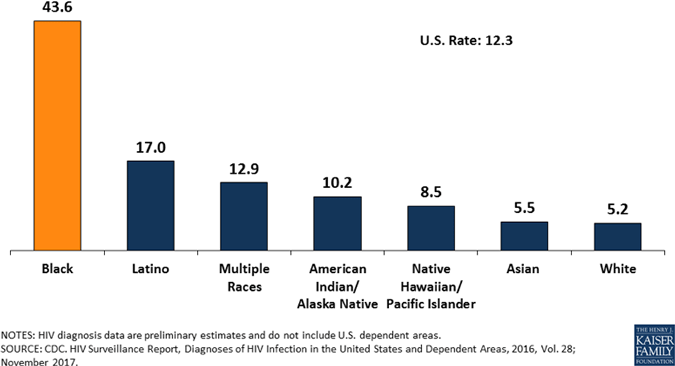



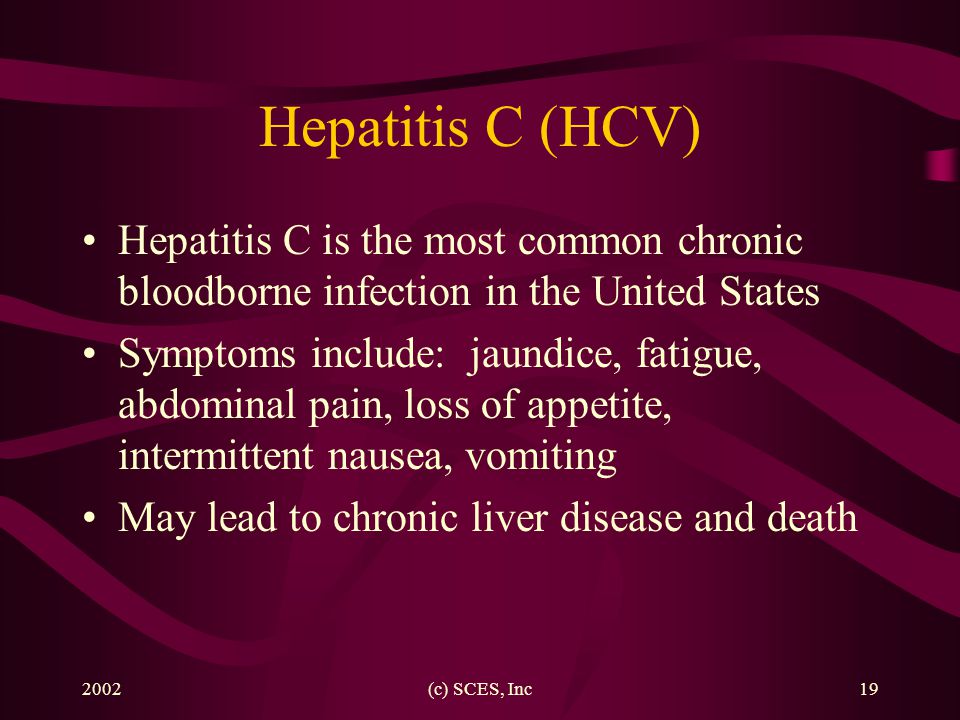

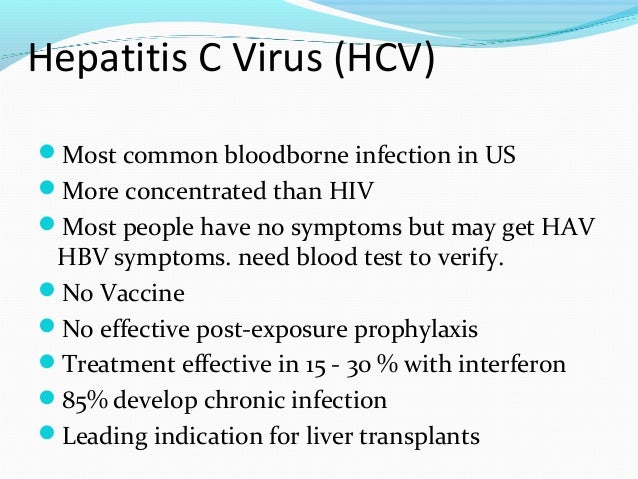



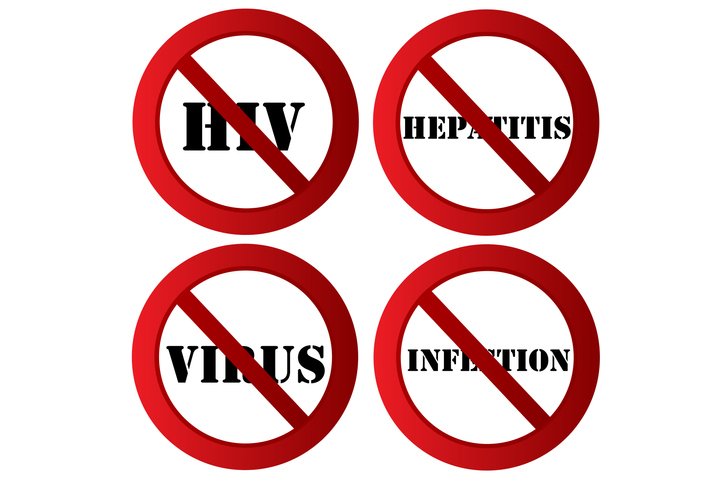


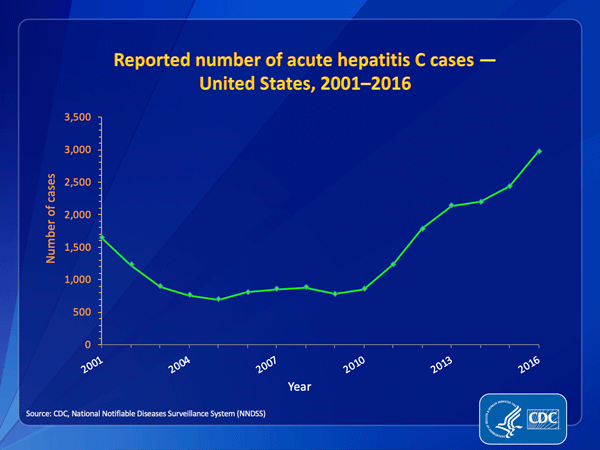
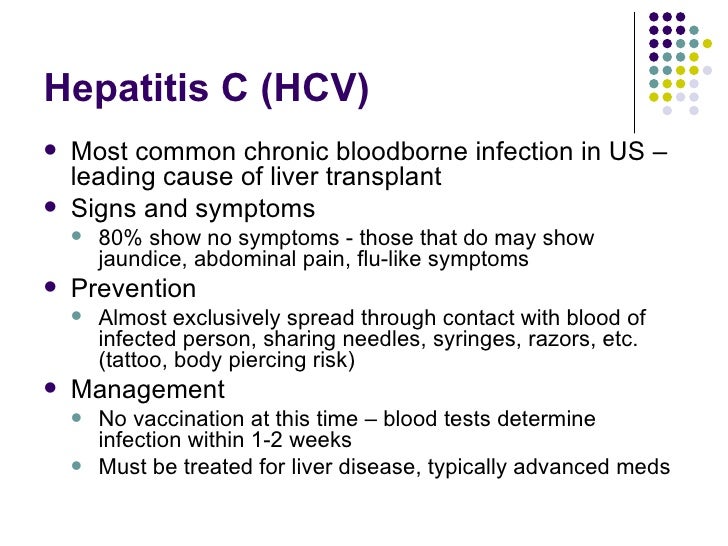


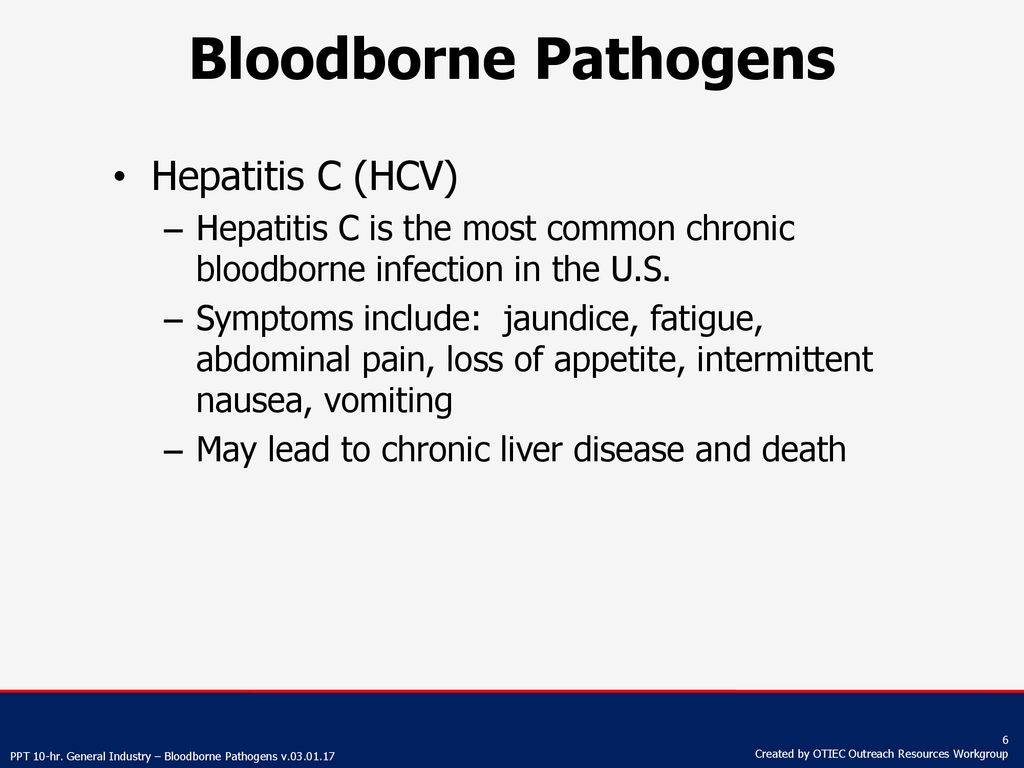


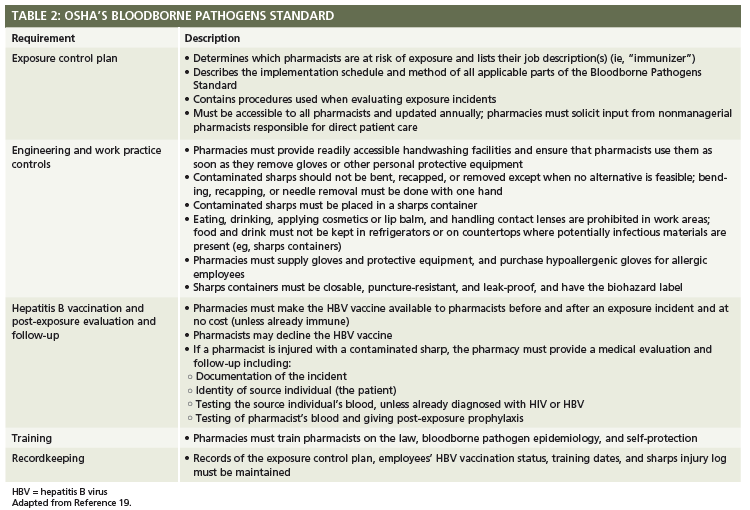







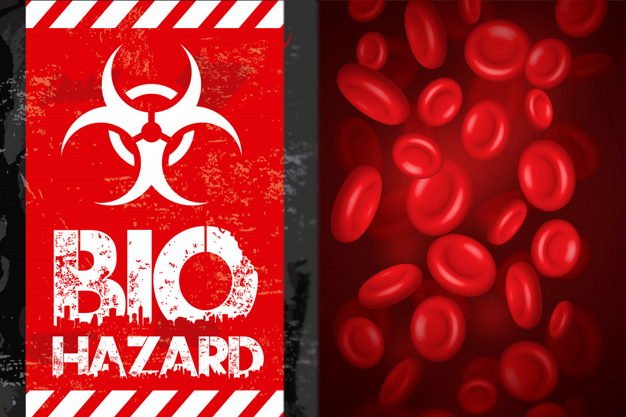
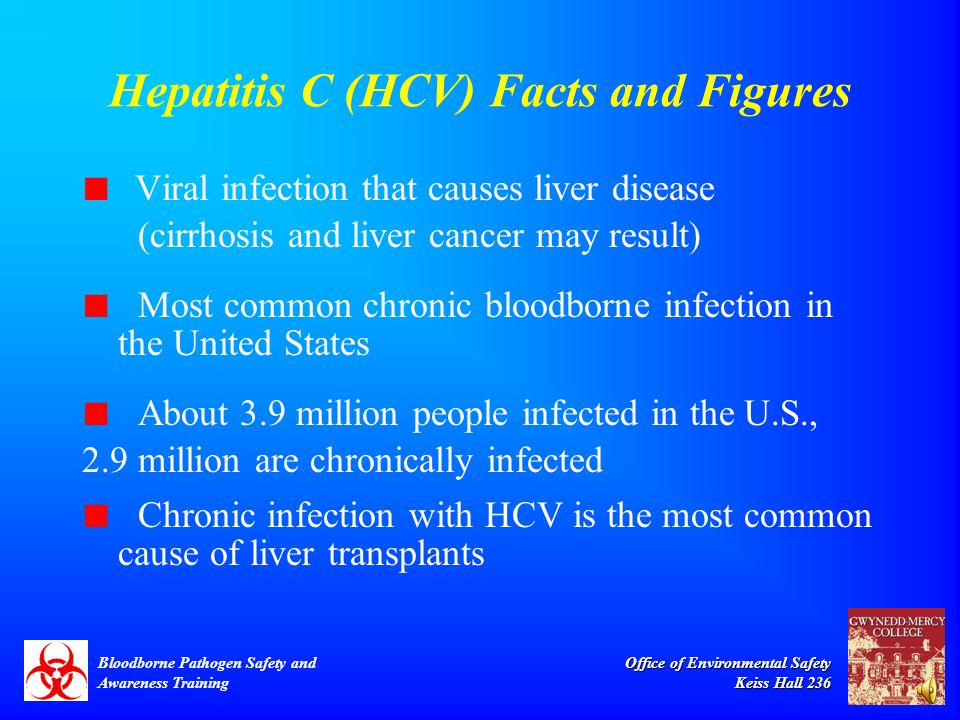



Post a Comment for "Most Common Chronic Bloodborne Disease"